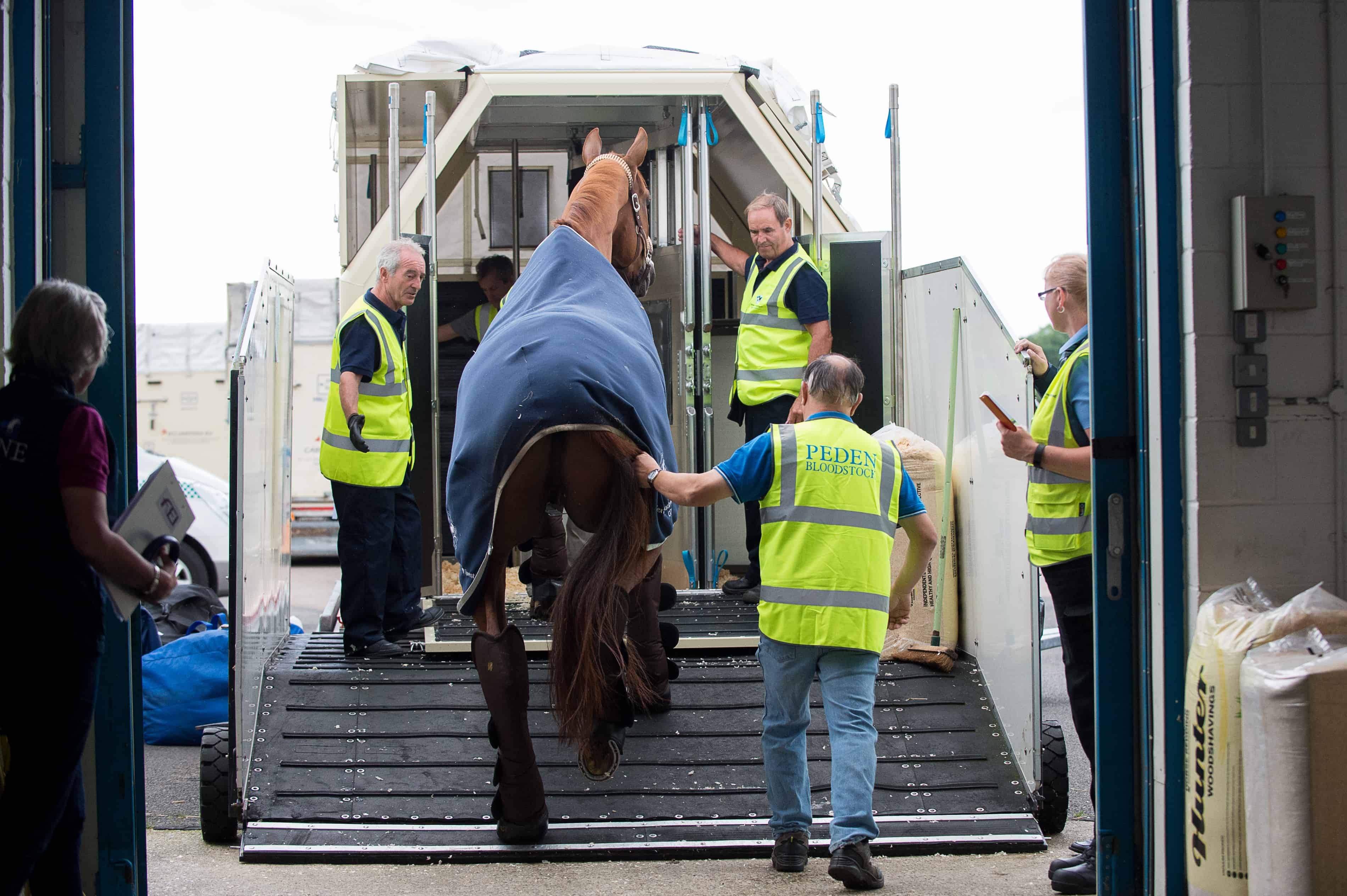What it Takes To Ship Competition Horses Overseas

Packing up and heading to a horse show often feels like a bigger production than all the riding, training, grooming, and tack cleaning require to get there in the first place.
Did we pack the grooming tote? Where are my lucky socks? We did load the horse, right?
Now imagine packing up and heading to a horse show taking place an ocean away. That’s exactly what many of the international riders entered at the 2018 Land Rover Kentucky Three-Day Event, taking place April 25-29 at Lexington’s Kentucky Horse Park are doing. And not only do these riders have to remember all their and their horses’ gear on the first trip, they also have to navigate a host of government regulations for importing a horse to the United States
Create a free account with TheHorse.com to view this content.
TheHorse.com is home to thousands of free articles about horse health care. In order to access some of our exclusive free content, you must be signed into TheHorse.com.
Start your free account today!
Already have an account?
and continue reading.

Written by:
Erica Larson
Related Articles
Stay on top of the most recent Horse Health news with












